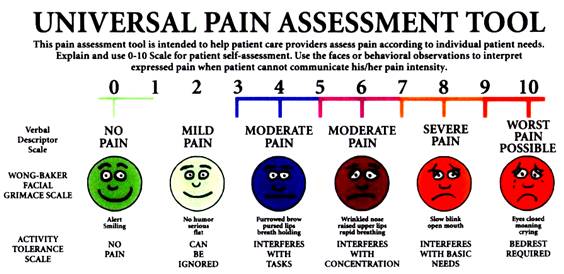“Tell Me About Your Business Pain…..” We all recognize this, or it’s variants as a classic start to a prospecting or discovery call. Each of us has probably used this phrase thousands of times.
The motivation behind this question is great. It’s focusing us on the customer, getting to understand them, their problems and concerns. It’s very powerful to get the customer talking and for us to learn.
Increasingly, however, in the world of crazy-busy customers, this question is irrelevant, or in the least ineffective.
This is how this plays out in real life.
Case 1: The customer has come to you looking for information, trying to understand your solutions much better. By the time they’ve gotten to this point, they are far beyond the “business pain” question. They are somewhere in the proverbial 57-70%. Internally, they may have formed a buying group–it may still have dysfunction, but they are moving ahead. Sometime ago, they confronted the business pain, but we weren’t there asking the question at the right time. They are well past the pain, and are into finding and qualifying solutions.
Typically, we respond in two ways. Too often, we are relieved we don’t have to take the time to understand their “business pain.” They are asking questions about our products and solutions, it’s far easier just to respond and tell them about them. After all, that’s what we really are interested in. Who cares about their problems, we are just interested in selling them something.
This strategy is a terrible strategy. It assumes the customer has done the right research, they are asking the right questions, that they know what they are doing and how to buy.
We are further disadvantaged by not knowing why. Why are they doing this? What caused them to embark on this project, to go down this path? What are they trying to achieve? What are the consequences of doing nothing?
Until we understand these things, we can’t create the greatest value, we don’t even know if we are the right solution or if the customer is qualified.
Asking, “Tell me about your biggest business pain,” isn’t quite on target with the journey the customer has already taken. It doesn’t intersect the customer with where they are at in their journey–they are already long past understanding the business pain and doing something about it.
Case 2: They don’t recognize they have a pain. Most people, even senior managers get caught up in the day to day. They don’t have the time to reflect on what they should be doing, where they should be going. Often, they are simply unaware they could be doing things better or differently. After all, “This is the way we have always done things,” or “Don’t fix it if it ain’t broke.” They may not be aware they are missing opportunities or there may be a disruptive threat to their business.
They simply come to work, do their jobs, sit in endless meetings, occasionally disrupted by a minor crisis.
Their “pain,” is usually not enough time, too much work, or other annoyances. Consequently, posing the issue, “Tell me about your Business Pain…..” elicits a frustrated response or a blank stare.
This is where we must be teaching our customers, helping them learn what others are doing, how they might improve, or about the opportunities they are missing. Instead of asking about the pain, we have to help them discover they have pain (other than annoying sales people).
In reality, I think more and better opportunities fall into the Case 2 category. Finding these gets us involved in helping the customer kick or an opportunity/problem solving cycle and maximizes our ability to create value with the customer–throughout their entire journey, not the last 30-43% of it.
There will be cases in between the two extremes I’ve offered. Dealing with them involves some combinations of the issues outlined.
“Tell me about your business pain,” served us well in the past. The idea of focusing on the customer is sound, but there are better questions or far more important insights we can contribute to our customers.

Leave a Reply